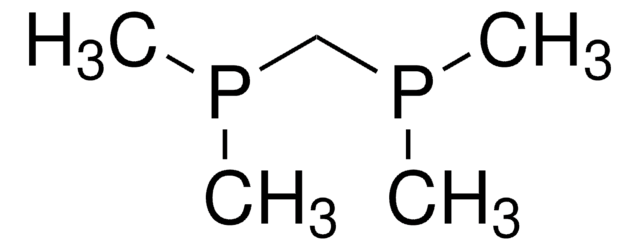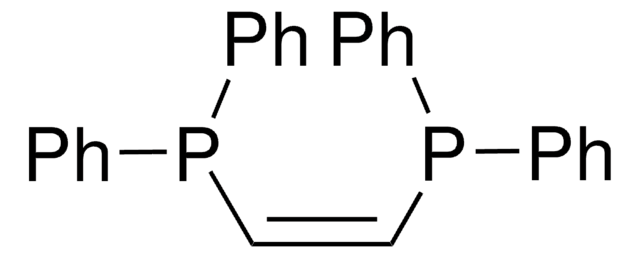Key Documents
479500
1,2-Bis(dicyclohexylphosphino)ethane
Synonim(y):
Ethylenebis(dicyclohexylphosphine), 1,2-Ethanediylbis[dicyclohexyl]phosphine
About This Item
Polecane produkty
Postać
solid
Poziom jakości
przydatność reakcji
reagent type: ligand
reaction type: Decarboxylations
reagent type: ligand
reaction type: Negishi Coupling
reagent type: ligand
reaction type: Suzuki-Miyaura Coupling
mp
92.5-96.5 °C (lit.)
grupa funkcyjna
phosphine
ciąg SMILES
C1CCC(CC1)P(CCP(C2CCCCC2)C3CCCCC3)C4CCCCC4
InChI
1S/C26H48P2/c1-5-13-23(14-6-1)27(24-15-7-2-8-16-24)21-22-28(25-17-9-3-10-18-25)26-19-11-4-12-20-26/h23-26H,1-22H2
Klucz InChI
BOUYBUIVMHNXQB-UHFFFAOYSA-N
Zastosowanie
- Pd-catalyzed decarbonylative C-H coupling of azoles and aromatic esters.
- Ni-catalyzed cross-coupling reaction of aryl fluorides and primary amines.
- Investigations of the role of ligand-based steric effects during the polymerization
- Synthesis of molybdenum nitrosyl complexes for use as Imine hydrogenation catalysts
- Irreversible thermal linkage isomerization of switchable C-N-bound isomers
- Chelating for conversion of trans complexes to cis complexes
Precursor for Iridium trisboryl complexes and the substituent effect on borylation reactions
Ligand for palladium(II) complex catalyzed hydrogenation reactions
Hasło ostrzegawcze
Danger
Zwroty wskazujące rodzaj zagrożenia
Zwroty wskazujące środki ostrożności
Klasyfikacja zagrożeń
Aquatic Chronic 4 - Eye Dam. 1 - Skin Irrit. 2 - STOT SE 3
Organy docelowe
Respiratory system
Kod klasy składowania
11 - Combustible Solids
Klasa zagrożenia wodnego (WGK)
WGK 3
Temperatura zapłonu (°F)
>230.0 °F - closed cup
Temperatura zapłonu (°C)
> 110 °C - closed cup
Środki ochrony indywidualnej
Eyeshields, Gloves, type N95 (US)
Wybierz jedną z najnowszych wersji:
Masz już ten produkt?
Dokumenty związane z niedawno zakupionymi produktami zostały zamieszczone w Bibliotece dokumentów.
Klienci oglądali również te produkty
Nasz zespół naukowców ma doświadczenie we wszystkich obszarach badań, w tym w naukach przyrodniczych, materiałoznawstwie, syntezie chemicznej, chromatografii, analityce i wielu innych dziedzinach.
Skontaktuj się z zespołem ds. pomocy technicznej
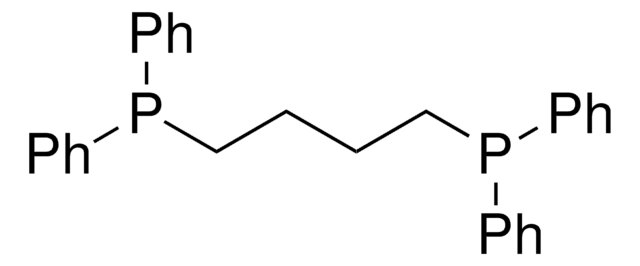

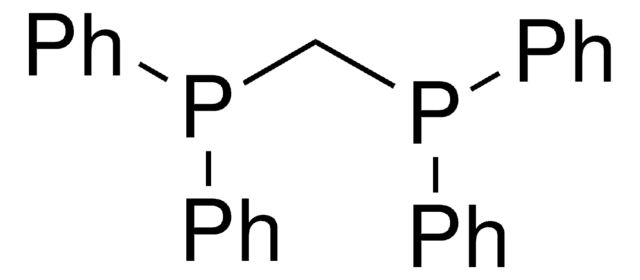
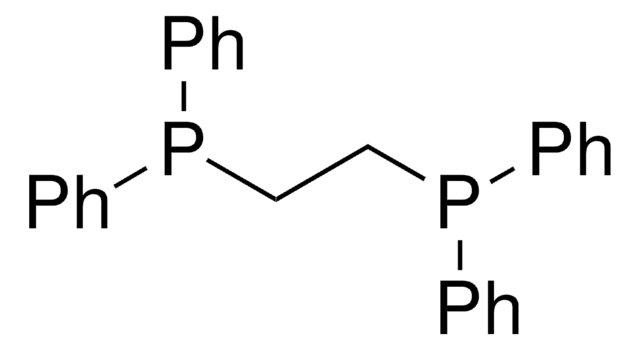
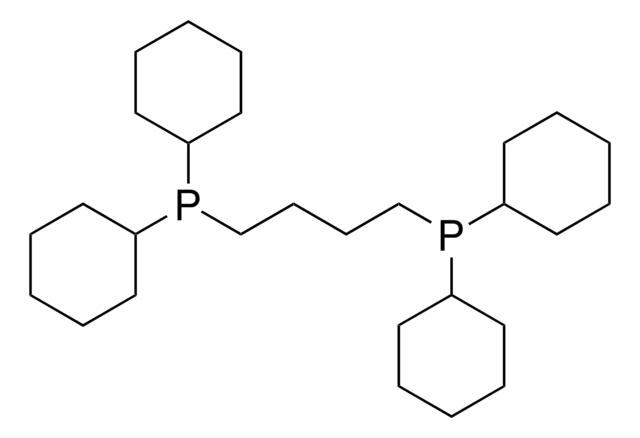

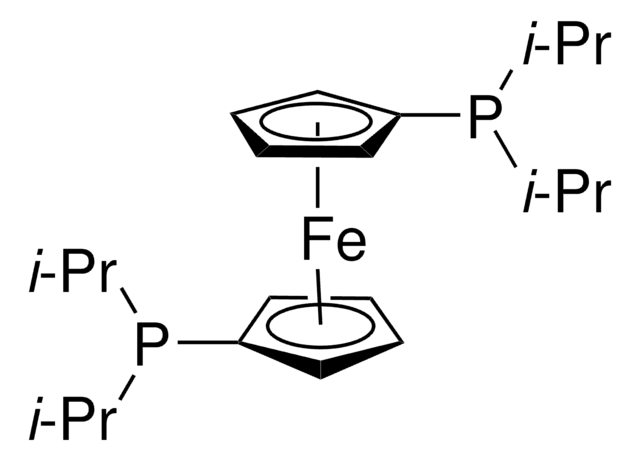
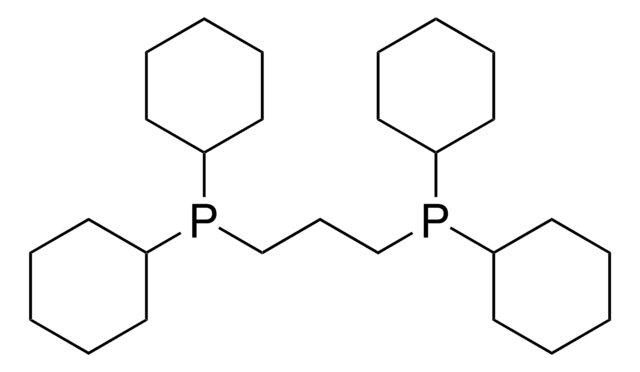



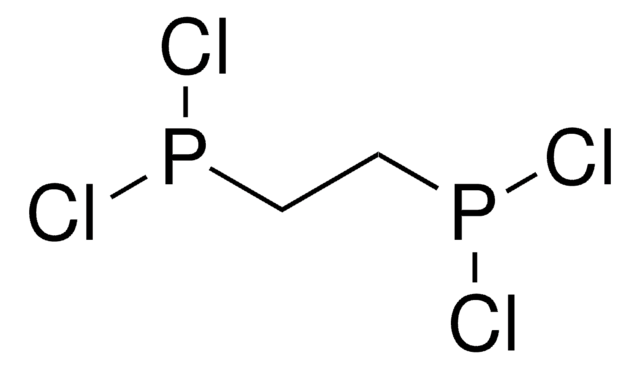
![[1,1′-Bis(di-cyclohexylphosphino)ferrocene]dichloropalladium(II) 98%](/deepweb/assets/sigmaaldrich/product/structures/136/854/a3142b2e-900c-47e5-8100-e48add9f4db6/640/a3142b2e-900c-47e5-8100-e48add9f4db6.png)
